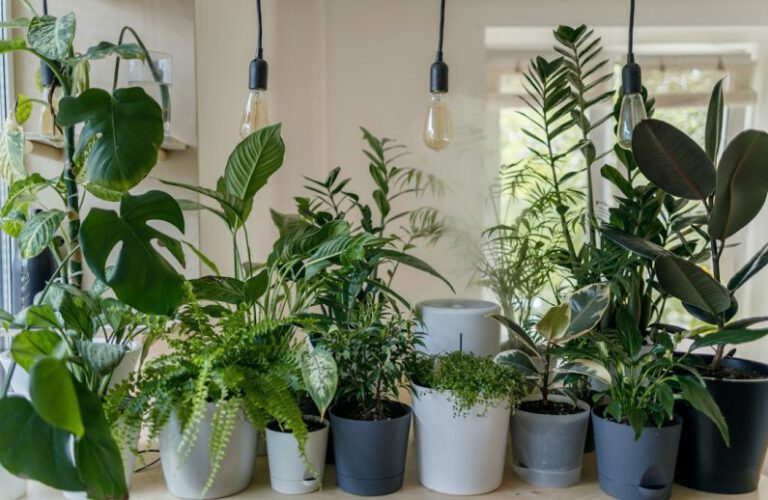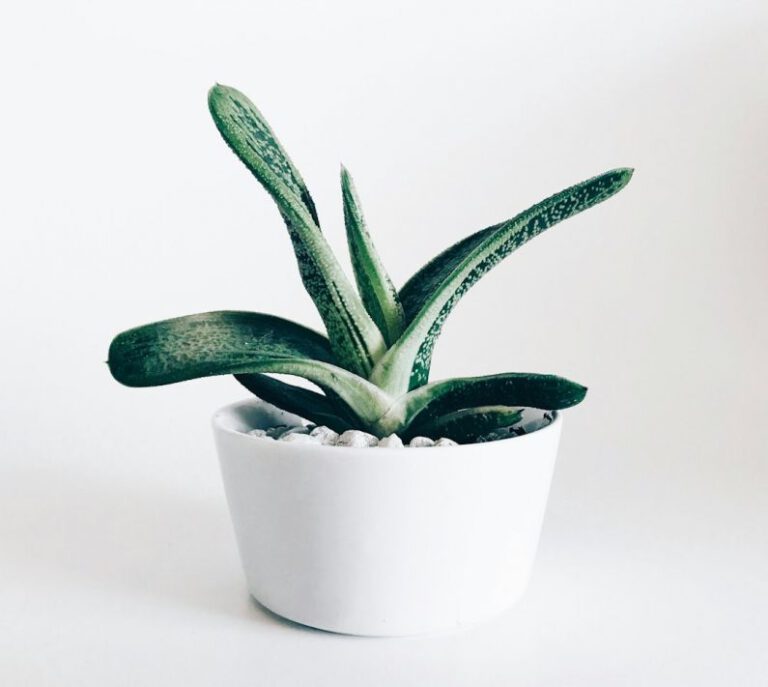How to Start Your Own Vegetable Garden?
Are you interested in starting your own vegetable garden but don’t know where to begin? Look no further! This article will provide you with all the information you need to get started on your gardening journey. From choosing the right location to selecting the perfect vegetables to grow, we have got you covered. Let’s dive in!
Planning Your Garden
Before you start digging, it’s essential to plan your vegetable garden carefully. Begin by selecting the right location. Choose a spot that receives at least six to eight hours of sunlight daily. Most vegetables thrive in full sun, so make sure your chosen area meets this requirement.
Next, consider the soil quality. Vegetables prefer well-drained soil that is rich in organic matter. Test the soil pH to ensure it falls within the optimal range for vegetable growth. If needed, amend the soil with compost or other organic matter to improve its fertility.
Selecting the Right Vegetables
Now that you have your garden location sorted out, it’s time to choose which vegetables to grow. Consider your climate and the growing season length in your area. Some vegetables, like tomatoes and peppers, thrive in warm weather, while others, such as kale and lettuce, prefer cooler temperatures.
Additionally, take into account your personal preferences and dietary needs. If you enjoy salads, leafy greens like spinach and arugula are excellent choices. If you’re a fan of herbs, consider growing basil, thyme, and rosemary. Make a list of your favorite vegetables and prioritize them based on their suitability for your climate and growing conditions.
Preparing the Soil
Once you have decided on the vegetables you want to grow, it’s time to prepare the soil. Begin by removing any weeds or grass from the area. Use a garden fork or tiller to loosen the soil, breaking up any large clumps. Add compost or well-rotted manure to enrich the soil with nutrients.
Planting Your Vegetables
Now comes the exciting part – planting your vegetables! Start by following the instructions on the seed packet or plant tag regarding spacing and planting depth. For beginners, it’s often easier to start with transplants rather than seeds, as they are more forgiving and require less time to establish.
When planting, make sure to water your vegetables thoroughly. Watering deeply encourages root growth and helps your plants establish quickly. After planting, apply a layer of mulch around your vegetables to help conserve moisture, suppress weeds, and regulate soil temperature.
Caring for Your Garden
To ensure a successful vegetable garden, regular care is essential. Water your plants as needed, keeping the soil consistently moist but not waterlogged. Monitor for pests and diseases, and take action promptly if any issues arise. Regularly remove weeds to prevent competition for nutrients and space.
Harvesting and Enjoying
As your vegetables grow, it’s time to reap the rewards of your hard work. Harvest your vegetables when they are ripe and ready to be enjoyed. Different vegetables have different harvesting methods, so familiarize yourself with the specific guidelines for each variety.
Conclusion
Starting your own vegetable garden can be a rewarding and fulfilling experience. With proper planning, selecting the right vegetables, preparing the soil, and providing regular care, you can enjoy a bountiful harvest of fresh and nutritious produce. So grab your gardening tools and get started on your vegetable garden adventure today!






